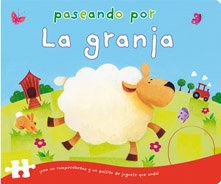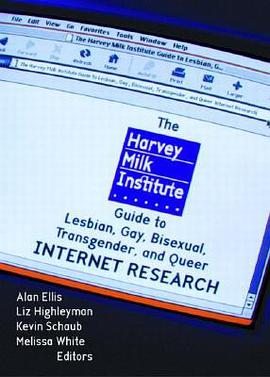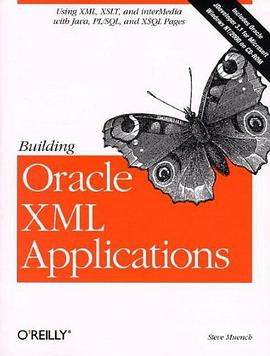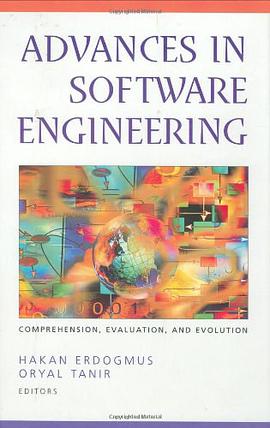

This book provides an overview of self-organizing map formation, including recent developments. Self-organizing maps form a branch of unsupervised learning, which is the study of what can be determined about the statistical properties of input data without explicit feedback from a teacher. The articles are drawn from the journal Neural Computation.The book consists of five sections. The first section looks at attempts to model the organization of cortical maps and at the theory and applications of the related artificial neural network algorithms. The second section analyzes topographic maps and their formation via objective functions. The third section discusses cortical maps of stimulus features. The fourth section discusses self-organizing maps for unsupervised data analysis. The fifth section discusses extensions of self-organizing maps, including two surprising applications of mapping algorithms to standard computer science problems: combinatorial optimization and sorting.Contributors J. J. Atick, H. G. Barrow, H. U. Bauer, C. M. Bishop, H. J. Bray, J. Bruske, J. M. L. Budd, M. Budinich, V. Cherkassky, J. Cowan, R. Durbin, E. Erwin, G. J. Goodhill, T. Graepel, D. Grier, S. Kaski, T. Kohonen, H. Lappalainen, Z. Li, J. Lin, R. Linsker, S. P. Luttrell, D. J. C. MacKay, K. D. Miller, G. Mitchison, F. Mulier, K. Obermayer, C. Piepenbrock, H. Ritter, K. Schulten, T. J. Sejnowski, S. Smirnakis, G. Sommer, M. Svensen, R. Szeliski, A. Utsugi, C. K. I. Williams, L. Wiskott, L. Xu, A. Yuille, J. Zhang.
具體描述
讀後感
評分
評分
評分
評分
用戶評價
相關圖書
本站所有內容均為互聯網搜索引擎提供的公開搜索信息,本站不存儲任何數據與內容,任何內容與數據均與本站無關,如有需要請聯繫相關搜索引擎包括但不限於百度,google,bing,sogou 等
© 2025 qciss.net All Rights Reserved. 小哈圖書下載中心 版权所有




















